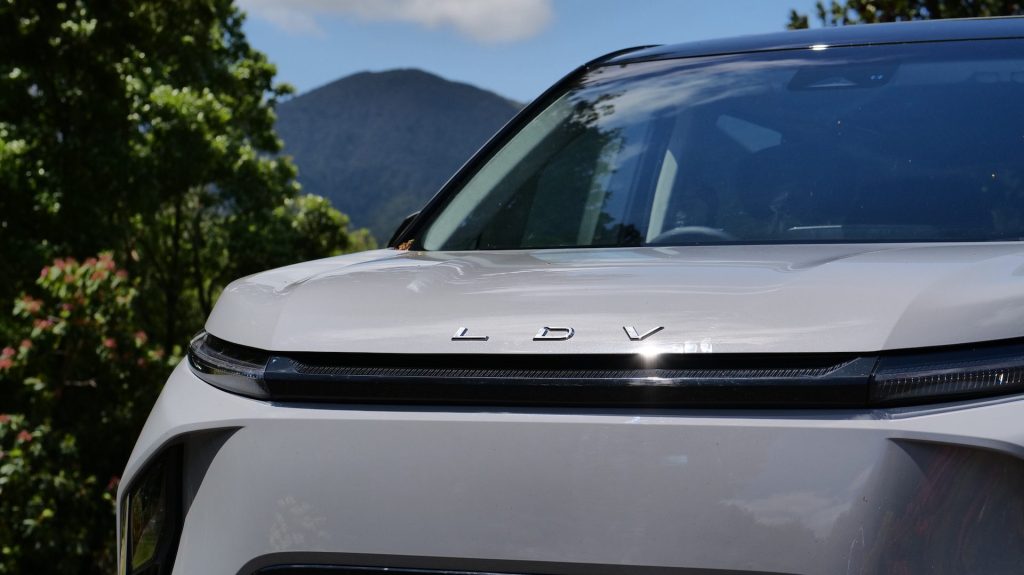LDV builds its EV momentum to cut CO2
LDV has added the new Mifa 9 fully electric seven-seater to its local line-up, an MPV that might convince buyers a people mover is actually okay. They tend not to sell too well here in NZ, at least as new vehicles. This segment of the market has been on a steady decline thanks to the rise of the SUV. So too has the ‘sedan’ class, until people could buy a Tesla Model 3, and then it was suddenly alright to drive a car again.
We’re not suggesting the Mifa 9 is going to be anywhere near as successful as the Tesla but it was a point made by LDV NZ when it launched its new model recently. It argued segments can be altered by electrification, and electric vehicles have quickly changed buyer behaviour, with brand loyalties swapped for those wanting the new technology.

Clean Car Programme
The local car market has changed since the introduction of the Clean Car Programme. That’s reflected in the make-up of the top ten best sellers for the past 18 months. The first half of 2021 was business as usual, utes staking claim to four of the top ten spots, and usually towards the top of the list. Then when the discount on EVs began midway through last year, a couple of electric models began to show up in the figures for the first time ever. And since the feebate scheme kicked in half-way through 2022, only two utes now make the top ten, while more EVs fill the top seller spots.
So LDV is keen to capitalise on this electric market momentum, the Mifa 9 being the third new EV product in succession for the brand. And it’s LDV’s intent to offer a fully electric line up in years to come (although without specifics).
LDV NZ reports a consumer-led demand for cleaner vehicles, and those wanting to save money on running and servicing costs. They say this has been dramatically accelerated by government policy.

Clean Car Standard
The next phase of this is the Clean Car Standard, a supply side measure, if you will, to entice importers to introduce more low/no emissions vehicles to the market. This sets an average CO2 target for an importer to meet. If the target isn’t met, then a fee is payable by the distributor.
While we don’t have the space to go into the intricacies of this policy here, LDV says that if it sold the same mix of vehicles in 2023 as it did in 2021, it would likely face a $9m bill in CO2 fees at the end of the year.
That would mean an increase in price on average of $2000 per vehicle to cover the cost. As the Clean Car Standard CO2 targets fall and fees rise in the coming years, the potential bill gets larger. And so by 2027 LDV would need to add $7500 to each vehicle sold to cover CO2 fees.
So to mitigate these fees next year, LDV will have to sell an electric model for every four ICE models in order to reduce the average CO2 level of its fleet (based on sales target of just over 4000 vehicles). In 2027, it will need to sell two EVs for every ICE model to ensure its CO2 average meets the more stringent targets.

LDV says it is in a fortunate position as it has a range of electric vehicles to offer, especially in the commercial space. Thanks to these commercial offerings, LDV is now on the All of Government suppliers list and they have seen enquiry ramp up in that area. And they have finally landed the RHD version of the T60 electric ute which is being delivered to the first customers this month.





